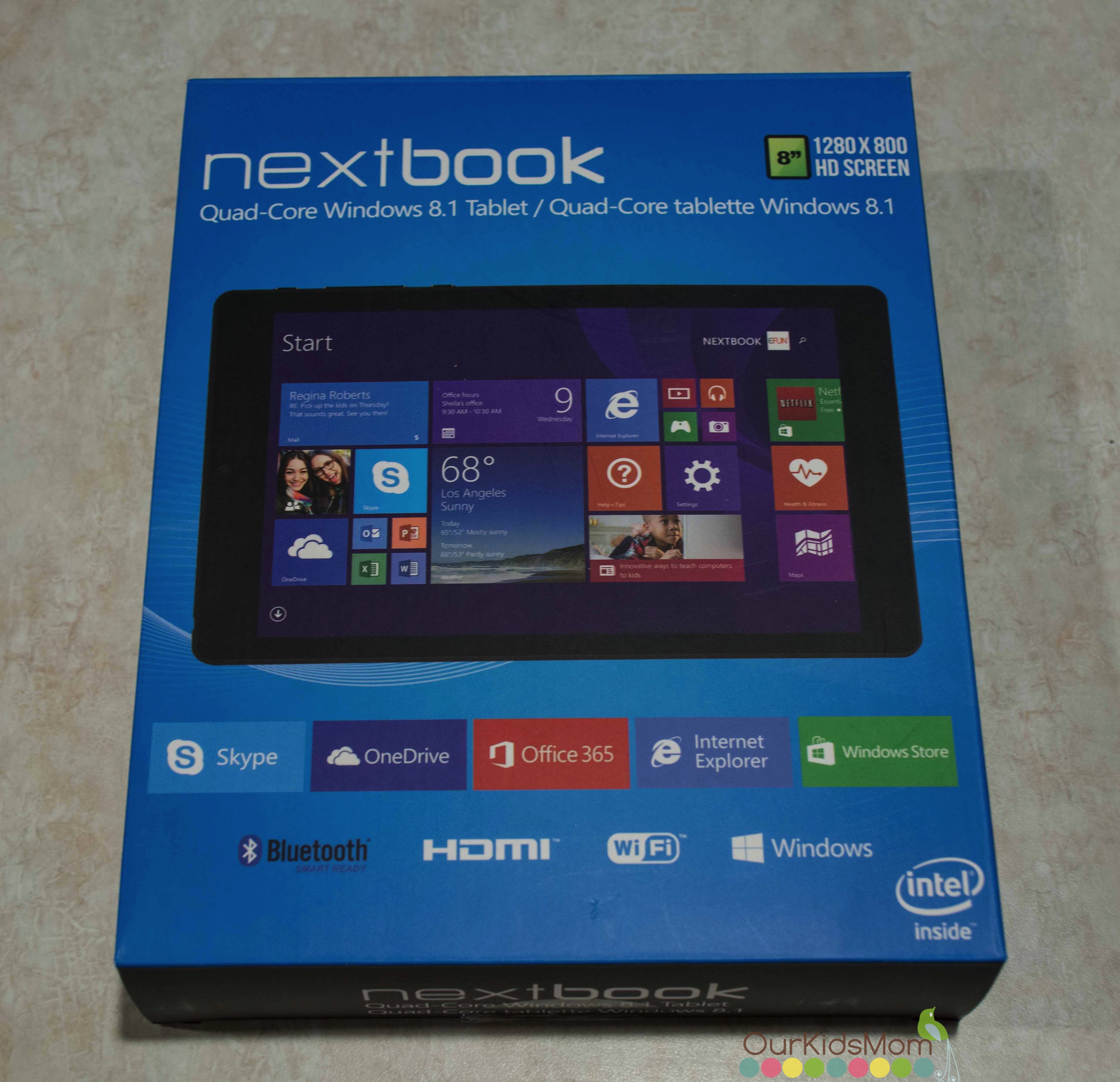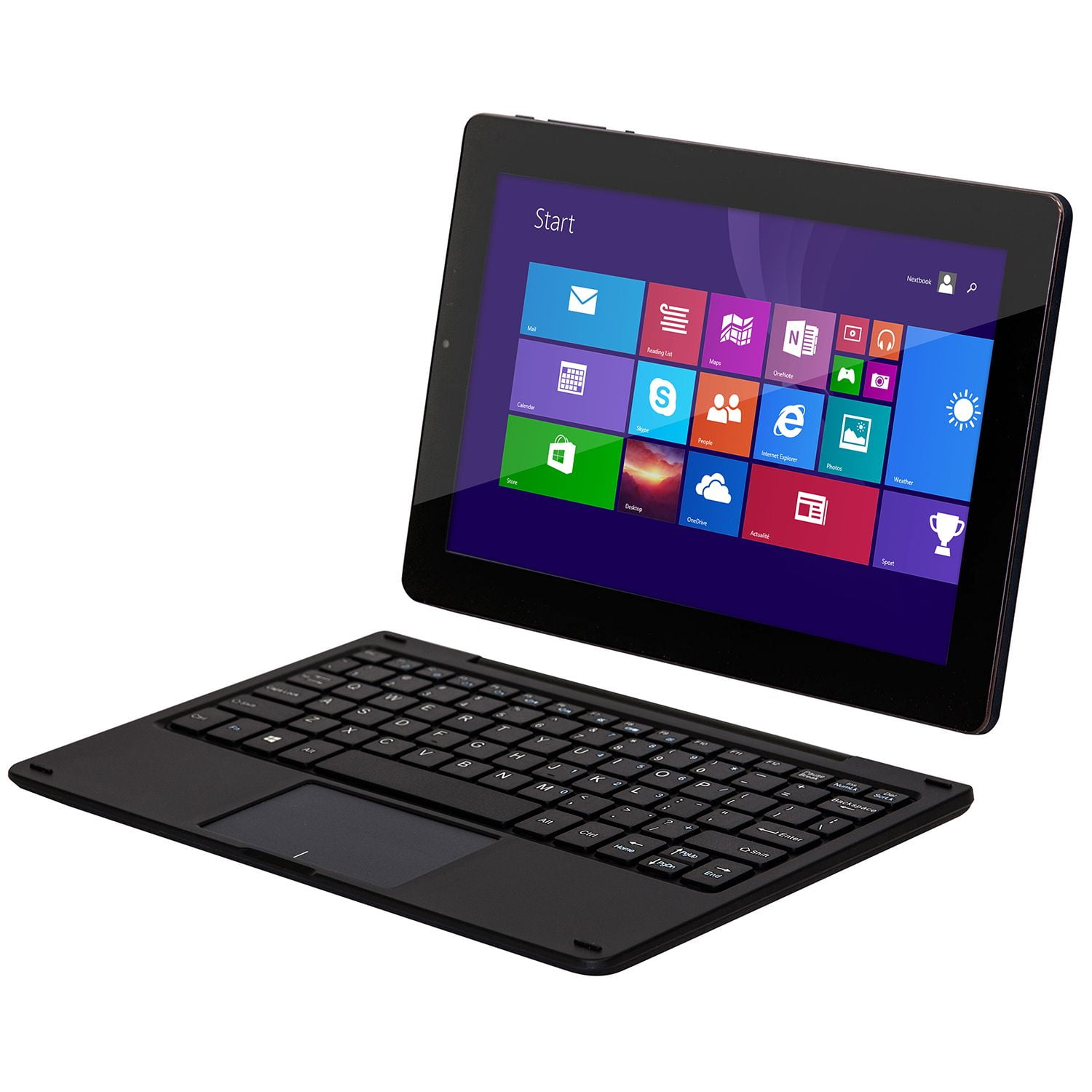

If you’re waiting for your phone to charge and playing a demanding game on it, that game will cause your phone to consume more power and slow down the charging process. Consuming power while the phone is charging will slow down the process. This one may seem obvious, but it’s true. Cheap USB cables you buy afterwards can’t necessarily transmit the full amount of power, and may charge your phone or tablet much slower. For best results, use the cable that came with the device. Some devices may only be capable of drawing the exact amount their included charger provides, while others can draw more power and charge faster when connected to a charger that can provide more amperage.įeel free to use a more powerful charger - nothing should go wrong, but the phone or tablet may charge faster. Instead, the device just draws as much power as it can from the charger. USB charging is fairly standardized you should be able to plug any device into any USB charger and nothing will explode or catch fire.

Not every device will be capable of charging faster when plugged into a USB charger that can output more power. If you want to charge your iPhone 6 faster, plug it into an iPad charger instead of its normal charger. For example, Apple’s iPhone 6 phones ship with a 1A (5W) charger, but they can charge faster when plugged into Apple’s 2.1A (12W) iPad charger. Rather than simply using the charger that came with your device, you can sometimes charge it faster by upgrading to a more powerful charger. Skip your computer’s USB port and plug your phone or tablet into a dedicated charger.Ī high-power USB port on a recent computer may be good enough depending on your device, but it’s better to rely on a dedicated charger if you’re in a hurry. Modern Android phones and other devices will likely be capable of taking more power than a typical computer’s USB ports can provide, too - check your phone or tablet’s specifications to see what it’s capable of drawing. if you’re charging it from an older USB 2.0 port, you’re only getting 0.5A.

If you’re charging an iPhone 6 from a typical USB 3.0 port, you’re only getting 0.9A. USB 3.1, which is intertwined with (but not the same as) the new USB Type-C standard, supports up to 3A.įor example, Apple’s iPhone 6 ships with a charger that offers up to 1A. USB 3.0 increases this to 0.9A on typical ports, while a dedicated charging port can offer up to 1.5A. In the USB 1.0 and 2.0 specifications, a standard USB port is capable of delivering up to 0.5A. But they won’t charge as fast as they would if you plugged them into a proper, dedicated charger. You can connect smartphones and tablets to your computer via a USB cable and they’ll charge.

RELATED: USB Type-C Explained: What is USB-C and Why You'll Want it Don’t Charge From Your Computer’s USB Ports


 0 kommentar(er)
0 kommentar(er)
